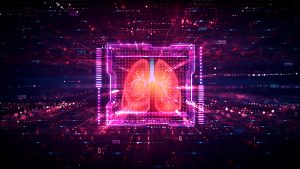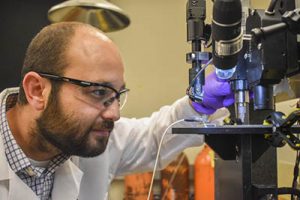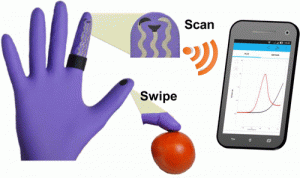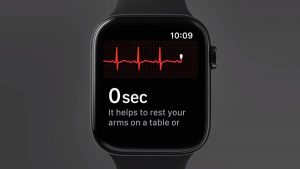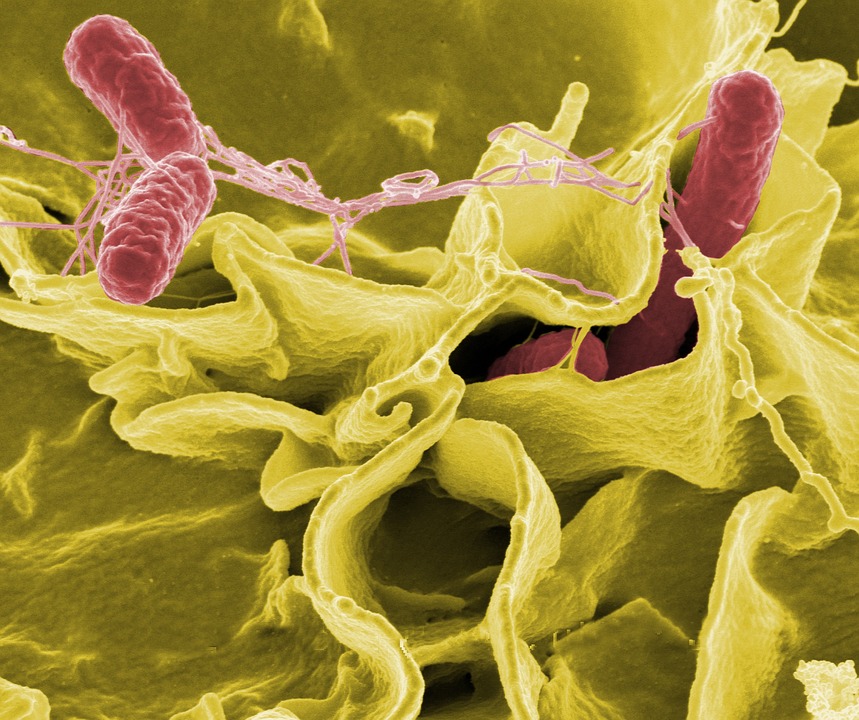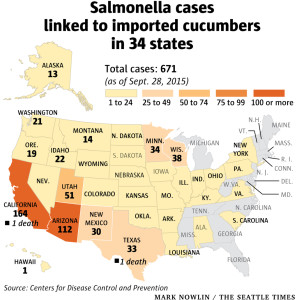A hot topic and emerging technology in the scientific community is the development of biosensors for organ-on-chip (OOC) devices. As research on OOCs continues expanding, so does the pressing need to integrate novel sensing approaches beyond spectroscopic, enzymatic, and voltametric platforms. There is a concurrent and growing need for scholarly content that supports advances in disease model development, drug screening, toxicology, pathogenesis studies, efficacy testing, and virology. Help The Electrochemical Society disseminate content in this area by making us your home for publishing gold open-access content on biosensors for OOCs. Reviews, perspectives, methods, and research articles on this topic are welcome. Submit today!


